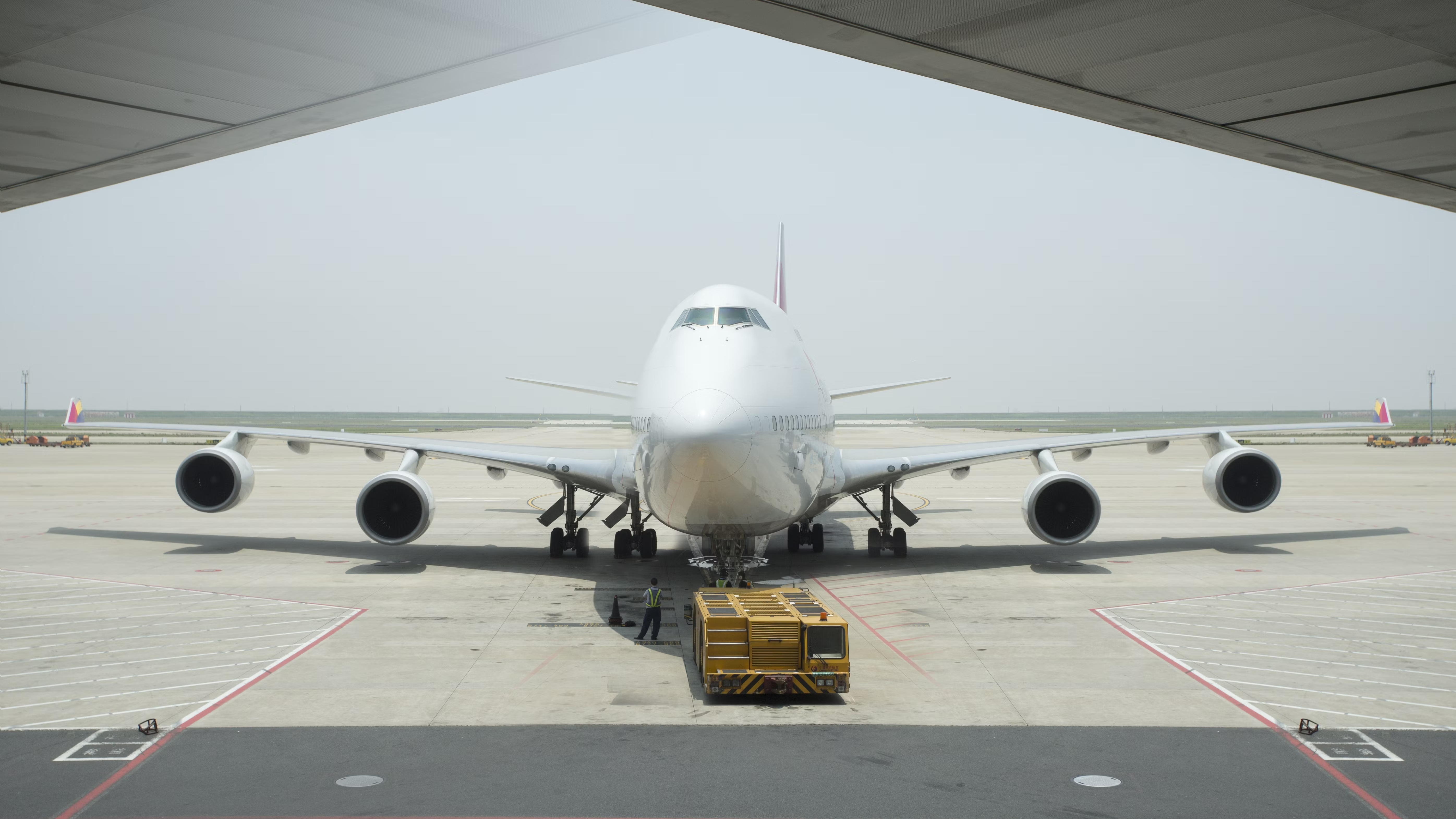Summary
- Aircraft development costs can sometimes reach tens of billions of dollars.
- Boeing’s 747 program faced delays and incurred significant debt, with costs exceeding $2 billion.
- Despite the challenges, the 747 program became a success story and has maintained its glory for over 50 years.
Aircraft are expensive machines that require immaculate construction and precise machining. At the start of a new aircraft program, its development cost generally includes research, conceptual design, facilities, prototype manufacturing, certification, and the infrastructure for mass production. Development of large commercial jetliners takes between 5 and 10 years. As such, the development costs can be tens of billions of dollars.
It is common for manufacturers to face production and testing delays, particularly for clean-sheet designs. The iconic Queen of the Skies, the Boeing 747, entered commercial service in 1970. With numerous variants produced between 1968 and 2023 before the company pulled the plug, the 747 remains one of the most expensive aircraft in the market.
The Boeing 747 Program
In the early 1960s, engineers from Boeing and Pan Am began working on the preliminary design of the 747. In 1965, the design was finalized, keeping both the passenger and freight capabilities in mind. At the time, Boeing estimated the development cost of the 747 program to be around $700 million. The estimate included the development of a brand-new factory that could accommodate the double-decker airplane. The world’s largest building by volume was planned to be constructed in Everett, Washington.
In 1966, Pan Am ordered 25 Boeing 747-100s at a price amounting to $525 million. It was an excellent achievement for Boeing, knowing that the first order would cover over 80% of the development cost. Work on the Everett factory and the first 747 began almost simultaneously.
Development costs
In 1968, Boeing rolled out the first-ever jumbo-jet off the Everett plant. By that time, the program had already cost Boeing upwards of $1 billion (nearly $7 billion in 2023 dollars). Its flight test program soon began after the roll-out. Boeing faced numerous delays during the testing phase for various reasons, including wing fluttering and engine nacelle issues.
The program’s cost increased as manufacturers and suppliers worked together to resolve design issues. Boeing had to borrow heavily from the banks and other investment institutions. Months of testing delays resulted in frustration from the stakeholders, including Pan Am, who was both a close partner and customer.
Boeing had borrowed nearly $1.2 billion, making the amount one of the greatest in manufacturing history. In the months leading up to certification and first delivery, Boeing repeatedly requested additional funding to keep the program going. The refusal of extra money at that point would have jeopardized the global success of the 747 program.
Boeing managed to receive additional funding from various sources until the double-decker received certification in December 1969. A month later, in January 1970, the first Boeing 747 entered service with Pam Am. Boeing’s debt exceeded $2 billion, making the program go way over budget. What was planned to be developed for $700 million resulted in nearly three times as much debt to the firm.
Photo: Vincenzo Pace | Simple Flying
Despite ongoing issues in the following years, the 747 program gained traction, and many new variants were introduced. The 747 became a success story and continues to hold its glory after more than five decades of service.
What are your thoughts on the development cost of the Boeing 747? Tell us in the comments section.
Source: Flightglobal





